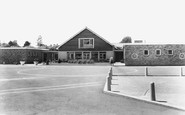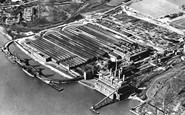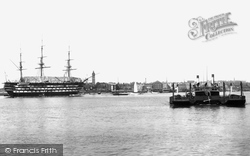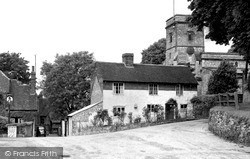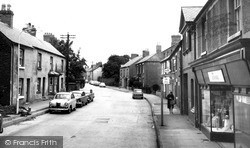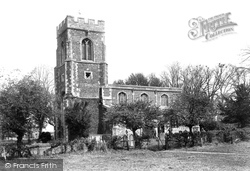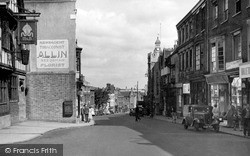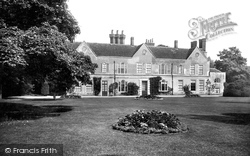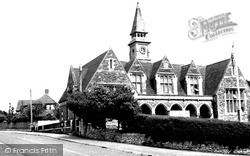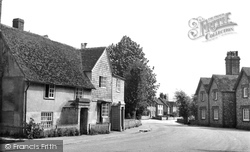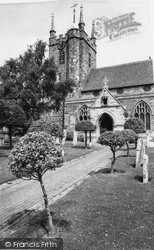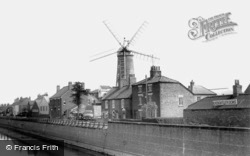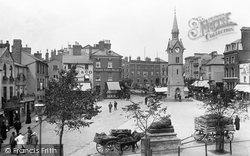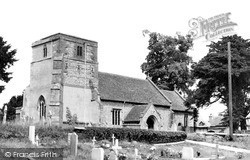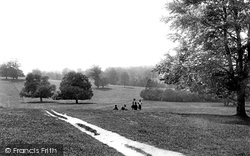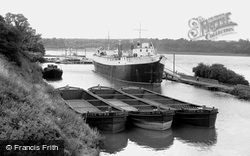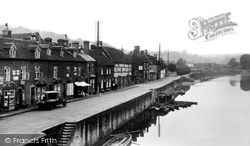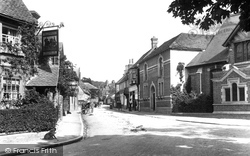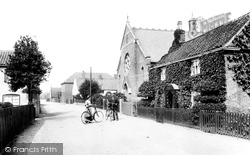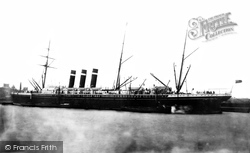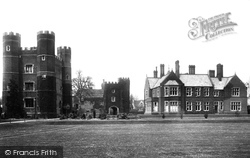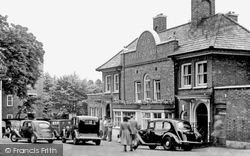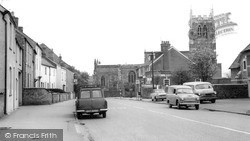Places
2 places found.
Those places high-lighted have photos. All locations may have maps, books and memories.
Photos
5 photos found. Showing results 261 to 5.
Maps
29 maps found.
Books
Sorry, no books were found that related to your search.
Memories
668 memories found. Showing results 131 to 140.
My Memoirs 1964 1966 Part One
Wayne Carter My father is Frederick Carter born in London, and mother was Loraine Carter nee Chadwick was born Cyfarthfa Street Roath; mum sadly passed away in 1998. I have a younger sister Jane Carter nee ...Read more
A memory of St Mellons in 1964 by
Hop Picking During The War
I hated hop picking. We started in 1938 to help pay for my sister's uniforms when she went to Ashford County School. At first my mother was slightly ashamed but soon entered ino the spirit and competition as to who ...Read more
A memory of Staplehurst by
Countryside Memories Holidays In The 1950s
The journey from our home in North Essex to my grandparents’ home in North Derbyshire took almost a full day back in the 1950s, allowing of course for periodic stops along the way. The first, usually at ...Read more
A memory of Glossop in 1955 by
The Good Old Days....
I started at the school in 1970, I still think it was the best school ever, we had a swimming pool which I thought was so cool, it was never heated though! But I got my width, length and 7 lengths certificate in ...Read more
A memory of Farnham Common in 1970 by
Happy Days!
I used to live at Spring Villa on the main road in Birch Vale in the 1970s and what fond memories I have from Birch Vale! My three older brothers and I used to walk up behind the house through some farming land and across to the ...Read more
A memory of Birch Vale in 1970
George Street
I remember my gran telling me about when her father was killed in Caerau. The day after they brought him home, a couple of miners turned up at his home with his leg which was cut off in a sack. I aways remember the hooters, in Caerau ...Read more
A memory of Caerau by
Our Boys Cafe Dock Road Tilbury
When I was six, I moved into 'Our Boy's Cafe' with my mother and grandfather. My uncle, aunt and cousin also lived with us in the accommodation above. It was the last cafe of many along Dock Road, Tilbury, so we had ...Read more
A memory of Tilbury in 1948 by
Convent Of The Visitation Bridport Dorset
CHAPTER TWO School Years - Convent of the Visitation 1939-1945 One’s school years leave an indelible impression on one for good or bad. My views over these years in this regard, have modified ...Read more
A memory of Bridport in 1940 by
Hummed To Sleep By A Factory
We used to live on what was called The Avenues on the Rylands estate. This was situated behind the Princess shopping parade, so called after the name of the local flea pit where all the kids went to Saturday morning ...Read more
A memory of Dagenham in 1961 by
Figheldean Manor
In 1945, just before VJ day, I moved from Scotland with my mother, to Figheldean Manor, to join my father who was then based at RAF Netheravon. I had never seen houses with flint walls and thatched roofs before, moreover, I had ...Read more
A memory of Figheldean by
Captions
388 captions found. Showing results 313 to 336.
In 1862 she became a boys' training ship, a role she fulfilled until 1906 when she was sent for breaking up.
The cottage now has its stone exposed, and a lean-to conservatory replaces the brick lean-to. Behind it is the Victorian village school, now a house.
The discovery of a suitable brick-making clay in 1830 led to the opening of a second industry, which continues today.
The parish church of All Saints is built of brown cobbles with Barnack limestone, repaired in brick. The west tower was built in the 15th century as an addition to the 13th-century church.
The contraption on the brick wall of Allin's Newsagents beside the pub is a vending machine.
This view is of the west front of this attractive house which, beneath its roughcast facade of about 1800, is a mid 17th-century house with a late 16th-century parlour wing; the three brick stacks probably
Started in 1698 and finished by 1730, it is built in brick with Ham stone dressings.
On the right-hand side of the winding village street stand flint-walled houses with brick dressings.
Another view, similar to H6031 (above), shows the brick-paved path and the holly bushes. At the left is a silver birch, which also survives today.
It is built of red brick, Bath stone and flint in a mixture of Gothic styles – there are Early English lancets in the nave and transepts and a Perpendicular west window.
The discovery of a suitable brick-making clay in 1830 led to the opening of a second industry, which continues today.
This tall Lincolnshire-style brick tower mill, seven storeys high, was built in 1819; it was powered by five patent sails and winded by a fantail.
Beyond the Clocktower, the Georgian brick front belongs to the George Inn, which was replaced by Burtons in 1936.
The top of the canopy has been repaired in brick. The Norman font is a large single-scalloped capital. The church plate includes a cup from 1576.
Bounded by Gosmoor and Charlton Roads, Priory Park was a favourite spot for picnics and Sunday afternoon strolls down to the banks of the River Hiz close to Brick Kiln Lane, Charlton, which runs behind
In 1967 she was declared redundant and towed to Newport, Gwent, for breaking up. Alas, plans to save her came to nothing.
On the left we can see a typical general store, its brick walls covered with tinplate signs offering soup, tea, and custard; confectionery and ice-cream have been added more recently, brought
The village is a pleasing mixture of brick and flint thatched cottages.
This tranquil scene shows the Gothic-style brick Methodist church of 1878, beyond creeper-clad number 37 in the foreground.
The new company immediately ordered two new liners: the magnificent, record-breaking, twin screw 'City of Paris' and 'City of New York'. Despite this, the line was still beset with problems.
Opposite is a brick and stone cottage with a tiled roof (centre right). The modern house (far right) stands on a site sold for building in 1925.
The gatehouse has distinctive diaper brick patterning and the arms of Bishop John Russel (1480-94).
The bay windows of the old pub are echoed by sashed windows above, but the new brick-faced building is inescapably of its period.
The view looks at St Mary's from the north, along a varied terrace of possibly late 18th- and 19th- century houses which are not enhanced by the long brick boundary wall.
Places (2)
Photos (5)
Memories (668)
Books (0)
Maps (29)

